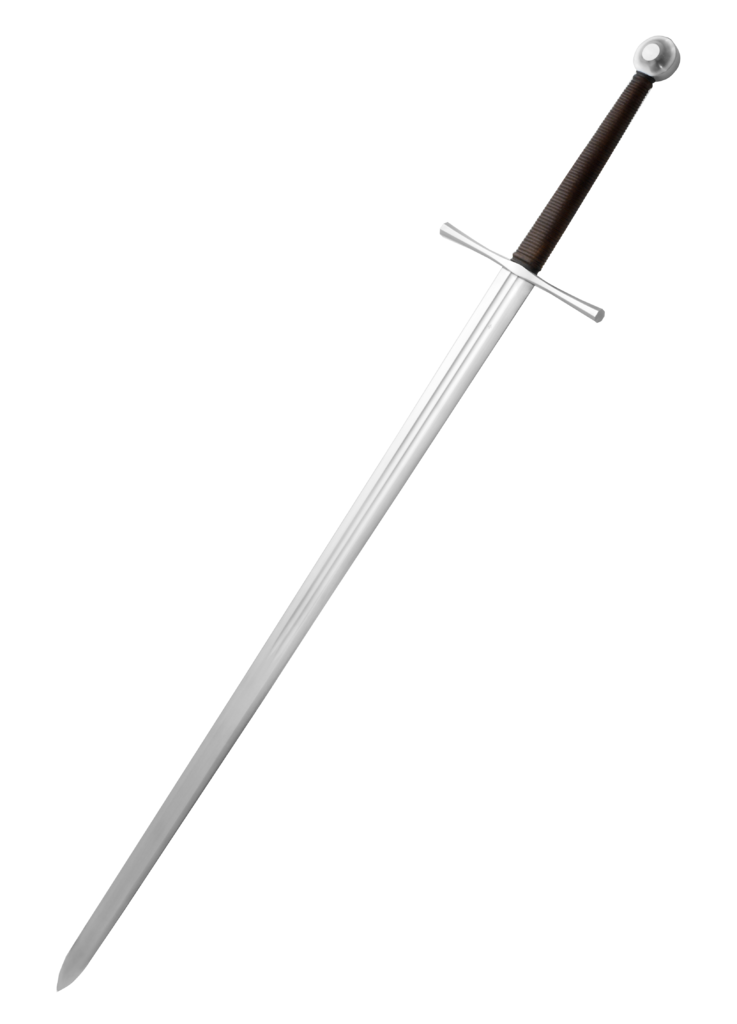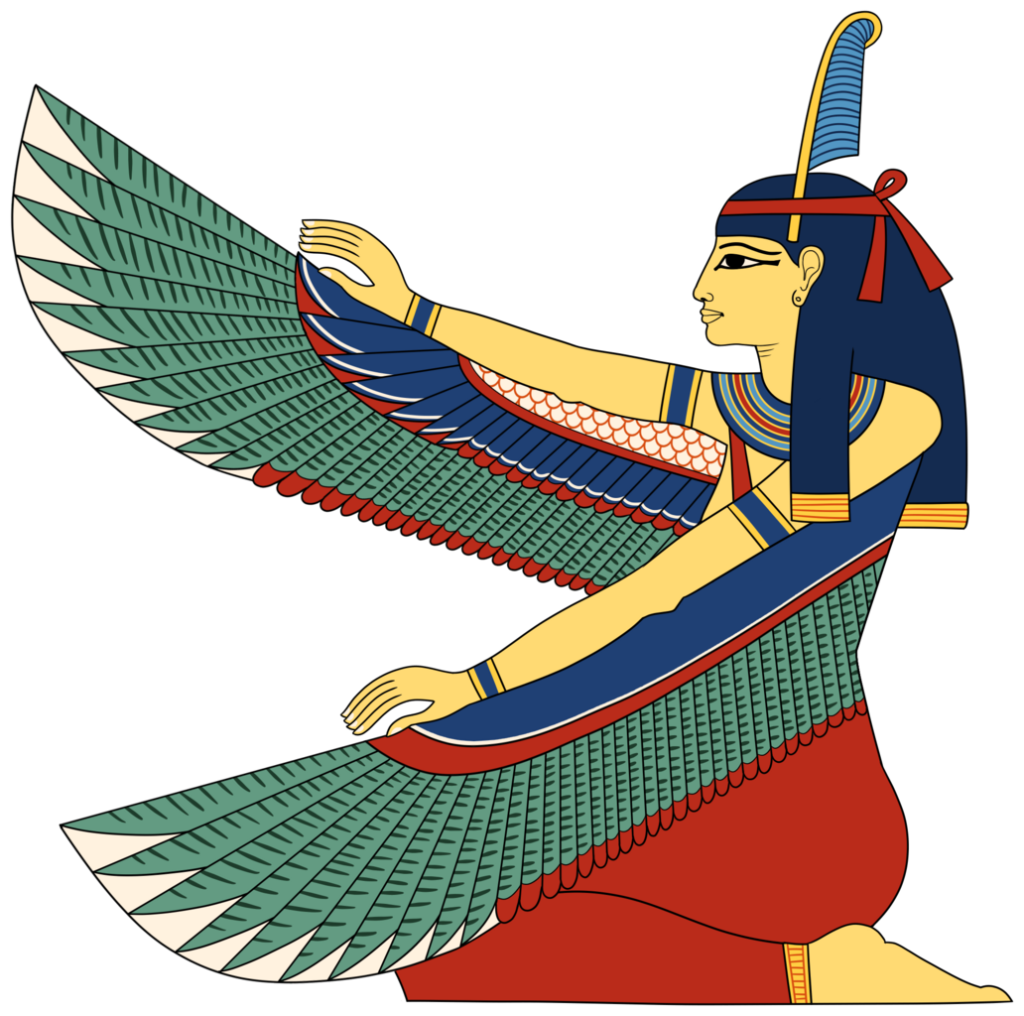11 Notable Symbols Of Justice
Do you want to know some notable symbols of justice?
The statue of a blindfolded woman, called Lady Justice, serves as an iconic emblem of justice and the justice system.
She is depicted as proudly grasping the scales while at her feet are a snake and a book embodies the fundamental principles enshrined in the Constitution upon which justice system was built.
The depiction of Justice often includes a blindfold. Although its origins remain a mystery, this accessory has become the go-to symbol for impartiality and equality.
While Lady Justice is the most widely acknowledged representation of justice, there exist numerous lesser-known symbols that are associated with the concepts of justice and law.
Read on to find out the most notable symbols of justice on the following list.
11 Notable Symbols Of Justice

1. Blindfold

The blindfold symbolizes the fundamental principle that justice must remain impartial regardless of an individual’s financial status, influence, gender, or race.
Just like the saying “justice is blind,” the blindfold symbolizes that she doesn’t make judgments based on appearance. Likewise, illustrations such as the Lady Justice statue indicate that she employs her intellect and all her senses to administer justice.
The lady’s inability to see the person she is judging indicates that her judgments are not influenced by appearances or solely reliant on sensory information.
Instead, she employs reason and rationality, recognizing them as the most trustworthy faculties. While the senses can be deceived and appearances can be manipulated, the mind, detached from sensory input, remains impervious to tampering.
In the justice system, the blindfold symbolizes the impartial evaluation of evidence during a trial.
2. Balance Scales

The balance scales, commonly called the Scales of Justice, symbolize the process of weighing facts and evidence in order to reach a verdict.
In addition, the scales serve as a visual representation of the justice system’s responsibility to restore balance in the society.
The balance scales serve as an emblem deeply intertwined with the law, representing the objective assessment and balanced consideration of opposing arguments in a legal conflict.
They are as well symbolic of objectivity, as the decision rendered by Justice is determined by the “weight” of the evidence presented in support of or against a claim.
3. Sword

The sword has long been recognized as a symbol of power, but Lady Justice’s sword possesses a few distinct qualities.
One significant aspect is that it represents the supremacy of reason rather than relying solely on physical strength.
This influential force materializes in our tangible reality as legal systems and, consequently, the individuals entrusted with upholding them. It emphasizes the notion that in order for justice to prevail and laws to be upheld, there must exist a source of authority to enforce them.
The sword wielded by Lady Justice symbolizes not only authority but also the ability to mete out punishment for injustice. It also denotes the power to slice through barriers and hindrances, allowing for the revelation of truth in any given case.
4. Gavel

A gavel is a small ceremonial mallet typically crafted from hardwood and designed with a handle, used by a judge or a presiding officer. Its purpose extends to catching attention, emphasizing judgments and declarations, while serving as a symbol of justice and authority.
The gavel also symbolizes power, representing the idea that the individual wielding it possesses the utmost authority.
5. Justitia

Lady Justice has roots in the ancient mythologies of Greece and Rome, drawing inspiration from two prominent goddesses: Themis, known for her keen discernment, and Justicia, revered as the personification of justice itself.
The notion that justice is impartial and “blind” emerged around the 15th century or so. In early Roman depictions, Justitia was portrayed holding scales and a sword, but her eyes were not covered.
Justitia is also known as Justice, or Lady Justice, who is depicted with a blindfold and carries scales and a sword.
In certain portrayals, Justitia wielded the fasces while clasping a flame – which symbolizes truth – in her other hand.
6. Themis

The Greek goddess Themis, whose name means “divine law,” symbolizes justice, divine order, law, and tradition.
She is one of the twelve illustrious Titan offsprings of Gaia and Uranus. Zeus took her as his second wife, cementing her position among the pantheon.
The Scales of Justice serve as Themis’ timeless symbol, reflecting the state of balance she upholds with unyielding fervor.
7. Ma’at

The balance scales or Scales of Justice can be traced back to date back to the Egyptian goddess Ma’at, who, like Justitia was a goddess of justice. She was also the goddess of truth, balance, and harmony or order.
In the ancient Egyptian belief system, Ma’at, sometimes spelled Mayet, represented justice, truth, and the harmonious balance of the universe.
Pharaohs often portrayed themselves with the symbols of Ma’at, stressing their responsibility in maintaining the laws and righteousness.
Ma’at personifies the essence of justice, emphasizing the application of principles rather than rigid attachment to legalistic rules. She symbolizes the fundamental values that provides the foundation for the fair and truthful implementation of justice.
Ma’at is often depicted with graceful wings and adorned with a single feather which symbolizes the concept of truth.
8. Scroll
The scroll that Lady Justice holds represents the foundation of accumulated law that supports the pillars of justice and society.
As such, the scroll holds great significance as a renowned symbol entwined with law and justice, symbolizing wisdom, enlightenment, the vastness of existence, and the passage of time.
In addition, the scroll signifies the perpetual pursuit of knowledge throughout one’s journey in life.
9. Pillars
In some depictions, justice appears between two columns or pillars, representing the structure and stability of the legal system. They signify the foundation upon which justice stands, emphasizing the importance of a solid and reliable judicial framework.
Pillars – or the Pillars of Justice – are commonly seen alongside other justice symbols. They convey the concepts of order, balance, equality, and stability, serving as a visual representation of the foundational and enduring nature of justice.
The pillars symbol acts as a reminder of the importance of upholding integrity and equality in legal proceedings.
10. Courthouse

The image of a courthouse is often associated with justice, representing the central institution where legal matters are heard, debated, and decided upon. The existence of a courthouse stands for the importance of equal access to justice for all.
The courthouse symbol represents the tangible space where legal proceedings occur, highlighting the dignity as well as the solemnity of the judicial system.
The courthouse is representative of the importance of a dedicated and fair space for the execution of justice.
11. Feather of Truth
Also known as the Feather of Ma’at, the Feather of Truth in Egyptian mythology serves as a crucial instrument within the Hall of Judgment, situated in the Land of the Dead.
The purpose of this symbol is to weigh the worthiness of departed souls for the eternal realm that lies beyond.
Should the heart of the deceased exceed the weight of the ethereal Feather of Truth, the soul in question is deemed unworthy, which means it would be facing the consequence of getting its heart devoured by Ammit, the soul-eating goddess, and be sent to the Underworld.






